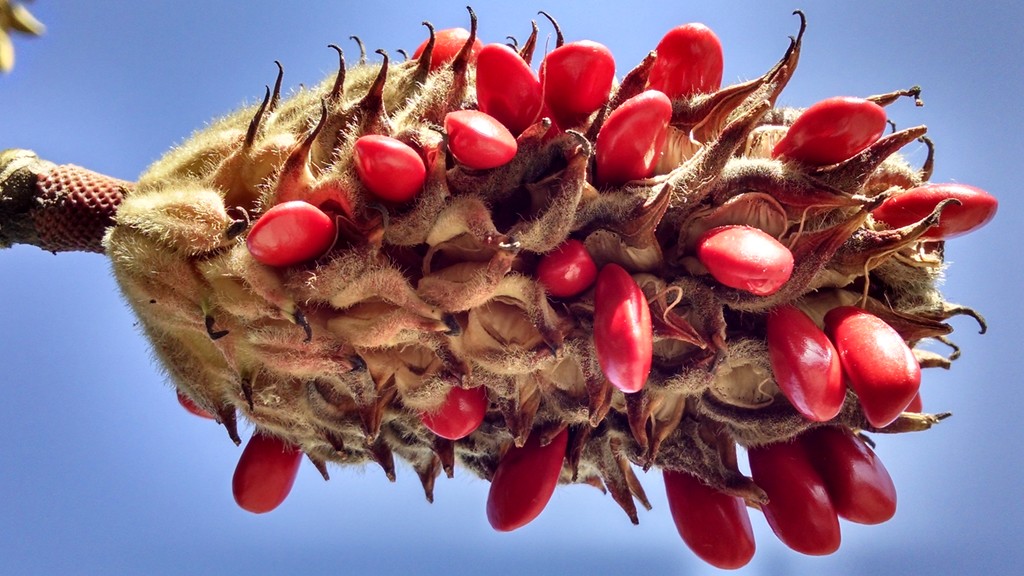
Early in his career, Dr. Deheyn studied chromophores, the components of a molecule that are responsible for color. Dr. Deheyn discovered new chromophores capable of producing light through chemiluminescence and fluorescence. He also identified proteins that use chromophores to produce visible light.
The green fluorescent protein was originally described in jellyfish. Dr. Deheyn’s research on chromophores led to the discovery of new green fluorescent proteins in unexpected organisms, such as the fish-like marine chordate Amphioxus.
Current research has identified new proteins, new chromophores and new biochemistry involved in light production. These discoveries have promising applications for emerging light production technology. In particular, we are assessing chromophores for their quantum yield as well as band gap. Our particular interest is to look for chromophores in Nature with large band gaps thus emitting fluorescence light in the far end of the visible spectrum, but also chromophores with high quantum yields in absorbing UV light.
